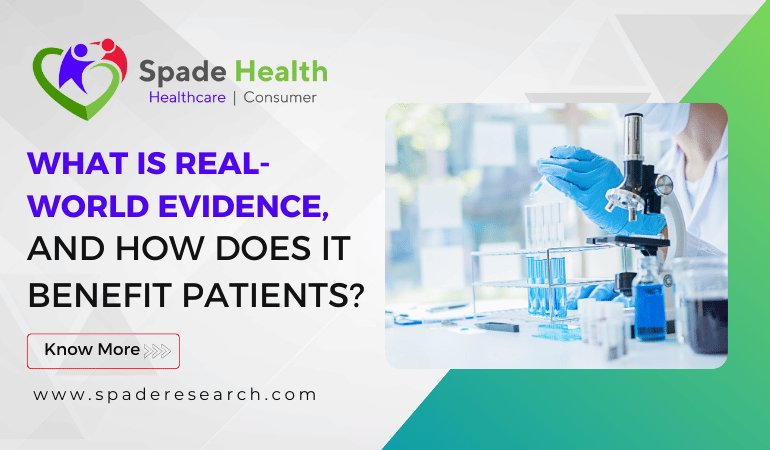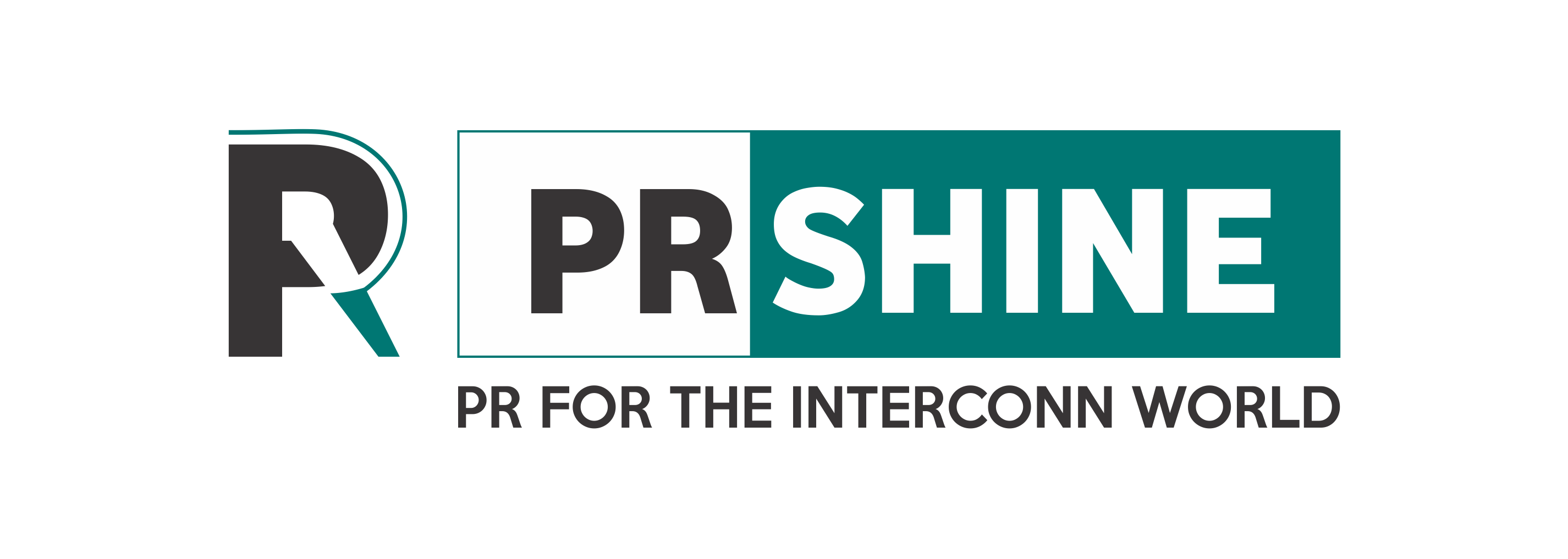Real World Evidence solutions in India
Real-world evidence from clinical trials can help to answer critical issues and improve our understanding of patient experiences and outcomes. A foundation built on RWE enables the delivery of medicines that are more closely aligned with the demands of patients.

Table of Contents:
What Is Real-World Evidence?
How is real-world data related to clinical trials?
How is real-world evidence used?
How do real-world data help patients and consumers?
How Spade Health works For Real-World Evidence
Conclusion
What Is Real-World Evidence?
Real-world evidence (RWE) is a technique for acquiring information from medical records and other sources regarding how a treatment works in practice. RWE can help researchers comprehend practical results beyond what they see in studies, allowing them to make better decisions about which therapies to offer. In reality, the FDA uses RWE to help make choices on drug approval and label amendments.
This is interesting because an increasing number of medications are being approved based on RWE rather than clinical trial data. One key reason for this is that organizations have to undertake large, long-term research on real patients in real-world settings and then publish their findings since there is no commercial motive.
How is Real-World Data related to clinical trials?
We advise on real-world evidence (RWE) techniques across the product lifecycle to inform clinical development, decrease risk, improve patient experience, and meet regulatory and financial criteria.
Real-world evidence from clinical trials can help to answer critical issues and improve our understanding of patient experiences and outcomes. A foundation built on RWE enables the delivery of medicines that are more closely aligned with the demands of patients.
The examination of real-world data, which results in real-world evidence (RWE), can supplement traditional clinical trial data and provide a more thorough knowledge of how healthcare interventions operate in the field. Researchers, healthcare providers, and regulatory organisations are looking into ways to use real-world data to improve healthcare quality and drive evidence-based decisions.
How is Real-World Evidence used?
Researchers all throughout the world, they use real-world data to improve our understanding of medical products and how they affect health outcomes in the real world.
These data are converted into real-world evidence to help answer critical questions. For example, whether certain medical products are more likely to increase or decrease the likelihood of a specific health outcome, what characteristics may predict whether individuals are more or less likely to experience an outcome while using a specific medical product, and whether certain medical products have other effects, such as lowering administrative or other medical costs. This information allows clinicians and patients to make more informed decisions about their care and treatment.
How do Real-World Data help Patients and Consumers?
The word “real-world” relates to how patients interact with their healthcare system, which can be challenging for academics to investigate. To further understand this connection, researchers must conduct a variety of RWE investigations. Examples of these are:
Observational study: an indirect strategy used by clinicians to acquire information about their patients’ reactions to treatments or procedures. This type of study is usually carried out on individuals who are unable to participate in clinical trials owing to a medical problem. Researchers collect data and utilise it to determine the effectiveness of the treatment.
How Real-World Evidence is Changing Healthcare
Real world data (RWD): Medical record data was used as RWE. It is commonly obtained from electronic health record systems and insurance claims databases. RDAs (research data alliances) are an example of RWD; they assess the frequency of drug-related adverse events such as infections, blood clots, and strokes. They can sometimes be used to predict outcomes like death or disability from a heart attack or stroke in people with heart disease.
Patients and consumers routinely gain the benefits of real-world data without ever realizing it. Evidence derived from real-world data can also be utilized directly by healthcare providers and patients to make more educated decisions regarding their health and the treatments they receive, such as whether one treatment is superior to another.
How Spade Health works For Real-World Evidence:
Spade Health helps organizations gain real-world insight from the point of care throughout the patient journey. Our unique solutions enable our clients to find quick, actionable real-world data to improve patient experience and outcomes, and we can assist you in illustrating how your goods may boost patient health.
Our clients benefit from access to our extensive commercially available ambulatory EHR dataset, which allows them to use de-identified data for outcomes research using novel analytic technology.
With spade health, you can conduct actionable retrospective analyses and prospective programs, all with the help of a dedicated research team and unique data visualisations and dashboards, allowing you to better understand the patient journey based on data acquired immediately at point of care.
1.Over 10 years of expertise designing, implementing, and analysing RWE studies globally.
2.Multidisciplinary approach to developing RWE strategies for patients, payers, regulators, and other stakeholders.
3.Provides comprehensive data search, storage, integration, and analytics using proprietary technologies.
4.Extensive experience analysing evidence gaps and planning evidence generation.
Conclusion:
Real-World Evidence Solutions in India is a helpful for the clinicians and patients make educated treatment decisions. It is important to remember that RWE does not replace clinical trials, but rather commonly supplements and complements them in order to increase therapeutic knowledge.
RWD comprises a large and diverse set of raw source data relating to patient health status or healthcare delivery in real-world contexts. RWD and RWE have applications throughout the clinical development life cycle, from the NDA stage to post-market safety monitoring. The incorporation of RWE and RWE can assist pharmaceutical and biotechnology businesses in optimising clinical trial designs and demonstrating the efficacy of novel medical items in practical applications.
Spade Health presents a personalised strategy, allowing even risk-averse sponsors to leverage RWD and RWE to support regulatory applications. Contact us to learn more about how Spade Health specialists can assist sponsors with establishing a fit-for-purpose model that enables them to make key decisions about incorporating RWE Studies in India into their data strategy.












